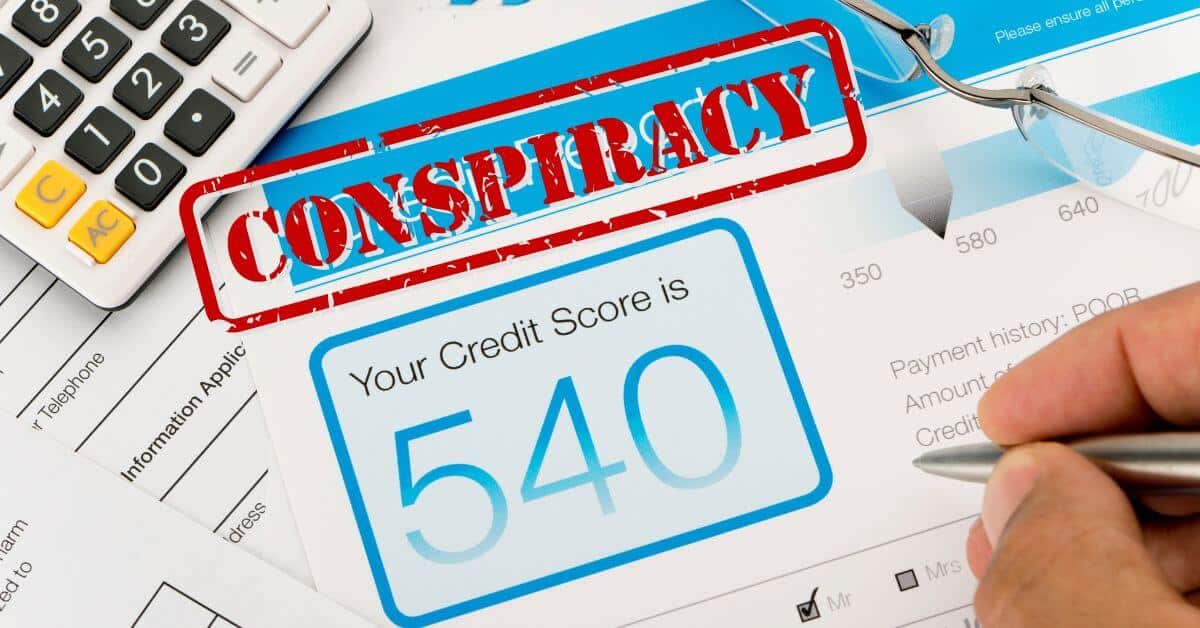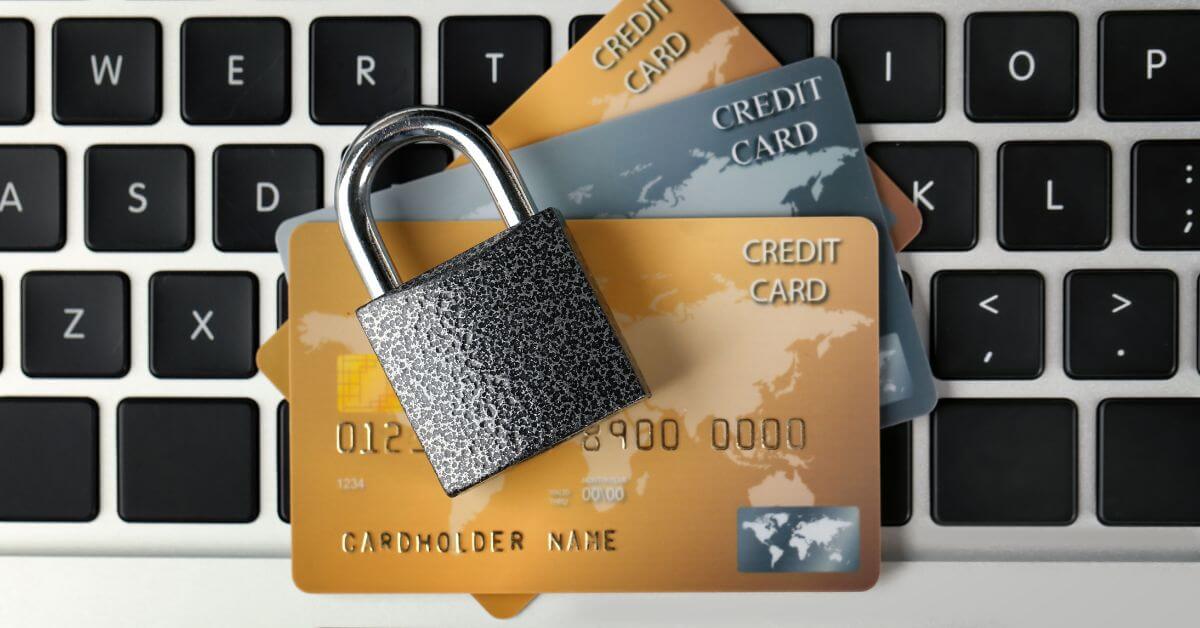Facing bankruptcy can be an emotional experience. People decide to declare bankruptcy when their debt has become unmanageable, and it’s often a decision made after lots of stress. However, bankruptcy is not the end of the story! It’s possible, and essential, to rebuild credit after bankruptcy. Today, we’re talking about the steps you should take to rebuild your credit after a bankruptcy.
How Long Does a Bankruptcy Stay On Your Credit Report
In general, a bankruptcy will remain on your credit report for 7-10 years, depending on the type of bankruptcy you file. Chapter 7 filing usually stays for 10 years, while Chapter 13 filing will disappear 7 years after the filing date. However, you can (and should!) take steps before that time to ensure you’re boosting your credit health.
Check Your Credit Report for Accuracy and Dispute Errors
As always, the first step to healthy credit is to check your credit report! Your bankruptcy should be accurately reflected. Unfortunately, some creditors don’t update bankruptcy information to the credit reporting agencies in hopes that you’ll pay the debt anyway. This error results in a double whammy – a credit report that lists both a “bankruptcy” AND “unpaid debts,” and it prevents you from creating a fresh start.
All previous creditors should be marked with the designation “Included in Bankruptcy” and should show a zero balance on your credit report. Cross check your credit report with your bankruptcy discharge letter to ensure every creditor is accounted for, and watch out for any that are unfamiliar.
If you find any errors, it’s relatively straightforward to dispute them; write a letter to each of the three major credit reporting agencies. If you take steps to remedy the misreporting, and the creditor (or collector or debt buyer) refuses to fix the error, talk to a bankruptcy attorney. Creditors are legally obligated to correctly report debt.
This process will require patience. In order to take advantage of a fresh start and rebuild credit after bankruptcy, your credit reports must be updated properly, and they should be monitored moving forward.
Invest in a Credit Monitoring Service
Now, you may say: “Miguel, I know my credit scores already. I have Credit Karma or Credit Sesame or AnnualCreditReport.com. However, these “free” services don’t report scores accurately, and they don’t provide all the information you need to improve that score.
Most importantly, most of these so-called “free” platforms actually work for the very same debt collectors hoping to collect from consumers. Sounds like a conflict of interest? It is! Additionally, “free” reporting services can actually worsen your credit – the personal information you provide can be used to alert collectors and can even cause old debts to reappear on your report as new ones.
My recommendation is to sign up for credit monitoring with Identity IQ. You’ll be able to see credit reports from all three credit bureaus (TransUnion, Equifax, and Experian), and you’ll see credit updates every 30 days. The service is only $24.99 per month, and that’s a great price to pay to protect your most important financial asset. Remember, we live in a credit driven society, and a healthy credit score is essential.
Use a Secured Credit Card
Now that you’re ready for a fresh start, obtaining a secured card will be the easiest step to add positive credit to your report. A secured card requires a deposit in the same amount as your credit limit. For example, if you get a card with a $300 credit limit, you’ll put up $300 as security. Your deposit guarantees your credit line, so it’s very low risk for the bank, and you’ll have better odds of being approved. Before you get a secured card, make sure it will report your activity to all three major credit bureaus; not all will do so automatically. We highly recommend a secured card with Discover.
Your on-time payments will be recorded on your credit score – there’s nothing to indicate that you’ve been using a secured card – and your score will improve. To get the best possible results, only use your secured card once a month and 7% of your available credit limit.
Use An Account with a Credit Union
In addition to offering lower rates on loans and higher rates on savings, credit unions are sometimes (but not always) more flexible with lending standards. So it might be easier to get a credit card, car loan, or signature loan there than at a big national bank. It’s definitely worth a try; all on-time credit card payments will work to improve your overall score.
Use Credit Builder Loans
Some banks offer credit builder loans; they’re another way to get credit for on-time payments. If your bank doesn’t offer that option, we recommend a CD Credit Builder Loan through SelfLender. This loan doesn’t require a credit check, is FDIC insured, and reports to all three major credit bureaus.
Use a Merchandise Line of Credit
A merchandise line of credit is the single most cost-effective and powerful tool to increase your credit limit, decrease your debt to income ratio, and add a primary account to your credit profile. However, merchandise credit is widely misunderstood, and there are some important caveats to ensuring its effectiveness.
Here’s how it works:
- Pay a membership fee (~$99 annually)
- Get instant access to a $5000 credit limit
- You’ll only be able to use the card to purchase items online from the card issuer
- Your on-time payments will be reported to all three credit bureaus
- On-time payments appear just like any other revolving account on your credit report
It’s a little unconventional, since the card isn’t a Visa or Mastercard, but it can help you in three key ways:
- Your “High Credit Limit” will instantly increase to $5000 – a goal that can take years to achieve after bankruptcy
- Carrying a small outstanding balance and paying on time can quickly show potential lenders that you’re worthy of credit
- As you build your history of on-time payments, you’ll start to receive pre-approved credit offers from standard card issuers
This technique is hard to beat for both the cost and effectiveness.
Moving Forward, Pay Your Bills On Time
This may seem like a no-brainer. However, it’s worth mentioning because paying on time is the single most important thing you’ll do to rebuild your credit. It takes time to build a bad credit history, and even longer to rebuild your credit after a bankruptcy. So be patient; get what credit you can, then pay on time. As your bankruptcy fades into the past, your credit score will rise.
Turn to InCreditable Advisors to Develop an Advanced Credit Profile
All of these techniques can increase the health of your credit score. When rebuilding your credit after bankruptcy, the end game is obtaining a primary account with Visa/Mastercard/Amex/Discover in your own name.
Though you can make significant progress toward this goal on your own, working with InCreditable Advisors can take things to the next level; we can help you develop an “Advanced Credit Profile.” This strategy involves intentionally building each piece of your credit report to create an ideal profile that most closely matches lender criteria.
We like to walk potential clients through this process in a 30 minute Credit Strategy Session, and I’d encourage you to schedule one now. Working with InCreditable Advisors can give you a significant advantage in rebuilding credit after bankruptcy. We are a professional credit consulting company that specializes in credit repair, debt settlement, and credit education.
You can give us a call today or book an appointment for a credit report review analysis. We’re looking forward to hearing your story.







